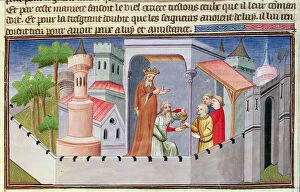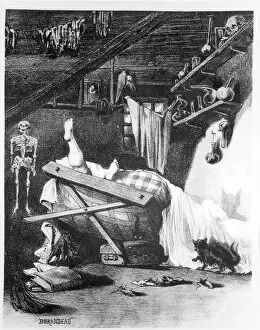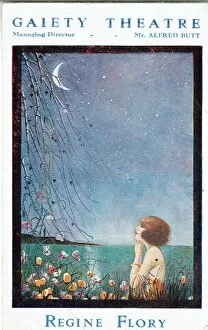Hashish Collection
Hashish, also known as Indian hemp, marijuana, or ganja, is a substance derived from the Cannabis sativa plant
All Professionally Made to Order for Quick Shipping
Hashish, also known as Indian hemp, marijuana, or ganja, is a substance derived from the Cannabis sativa plant. Its history is intertwined with tales of assassins and exotic cultures. In the 19th century, hashish gained popularity in various forms of art. One such artwork titled "The Cup of Coffee" depicts two women enjoying their coffee while indulging in smoking hubble-bubble pipes. A black African woman slave stands nearby, adding an element of intrigue to this scene from Stamboul. Published in 1865 as a colorful lithograph, it captures the allure and mystique surrounding hashish consumption. "The Dream of the Believer, " painted around 1870, portrays a captivating vision brought forth by hashish's influence on one's imagination. The oil-on-canvas masterpiece invites viewers into a world where dreams come alive under its spell. In another piece called "Family, " created circa 1850 using watercolors on paper, we witness a man engrossed in smoking his hookah while a young girl practices yoga nearby. This juxtaposition highlights different aspects of relaxation and spirituality associated with they use during that era. Historical manuscripts like Ms Fr 2810 f. 17 depict Hassan i Sabbah leading initiations at Alamut while offering his followers hashish-infused experiences. These rituals were believed to unlock hidden realms within oneself through altered states induced by consuming this potent substance. A renowned painting from 1887 showcases individuals gathered together as avid hashish smokers immersed in their shared experience captured on canvas with vibrant oils. It serves as evidence that communal enjoyment was an integral part of consuming cannabis during that time period. Scientific illustrations like those found in Joseph Roques' Phytographie Medicale (1772-1850) document Cannabis Sativa plants used for medicinal purposes throughout history—a testament to the diverse applications and cultural significance attached to this versatile plant species.











